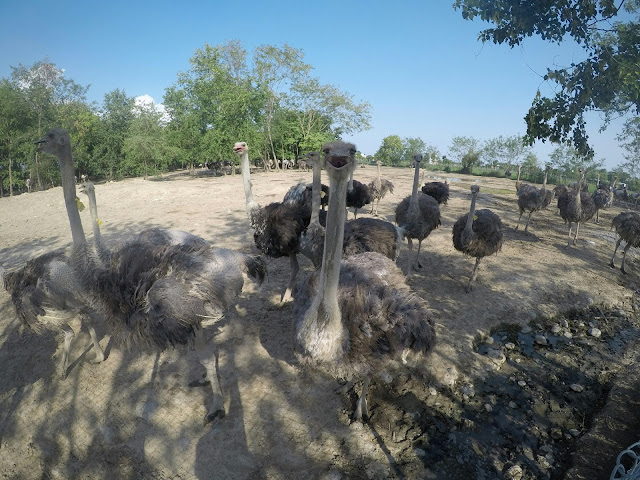Kathmandu part 2
June 6
We arrived back to Kathmandu at night and went to The Mediterraneo restaurant for dinner, which was near the hotel we are staying in for the remainder of our trip. I am glad to be back in the city with more variety of foods and activities, but I already miss the less stressful areas we were previously in.
june 7
Today we ate our first breakfast at the Yellow House (our hotel) which is incredibly good. The neighborhood we are staying in reminds me more of an area that I would imagine in Europe. After breakfast we visited a government run school about an hour away in Kathmandu. Many people in Nepal send their children to private schools because the government schools are usually poorly run; however, this school has been fairly successful. We had some great conversations with the students and we even had a dance party with the 10th graders. We also looked through what they were learning about that day (which was their local society and the environment), and there was a page entirely about Bill Gates, which I found interesting. After we ate at traditional Nepali lunch at the school, we headed back to our hotel to work on our photo essays, which is our final
project for the trip. The essays consist of picking a picture weve taken over the trip and writing a short paragraph about that pictures importance (ill attach them to the blog later).
june 8
After another amazing breakfast we started our day by hearing lectures at Resource Himalaya, the NGO we visited earlier in the trip. We learned about Nepal's local governance and community forestry and livelihood improvements. It was very interesting to tie back the research we had done in the field (in the villages like Amaltari) to concrete facts and history. After the lectures we visited Patan square, a historical monument in the city that had many temples and museums depicting the history of Buddhism and Hinduism.
june 9
We again started our day with lectures at Resource Himalaya. The first lecture was about Nepali society and conservation, and it more specifically talked about how the community forests are key for creating a positive relationship between Nepal's government and the villages. The second lecture today was about conserving Nepali culture and monuments after the earthquake. Kathmandu lost many monuments in the disaster, so it is especially important now to properly preserve what is left. We witnessed this damage and destruction yesterday when we visited Patan Square: many of the temples were under construction or simply gone. The last lecture was about how Nepal's contribution to climate chance is negligible (.027% of global emissions), but the country feels some of the strongest impacts (such as melting glaciers and shifting tree lines). After the lectures we went to a Nepali paper factory, which consisted of women making handmade paper. This was my favorite part of the day, I never knew that making paper could be so interesting. Lastly, we went to a Stupa (essentially a temple) in Kathmandu. This stupa was beyond busy because apparently today is the day Buddha died, so thousands of people came to the stupa to pray.
June 10
Today was a free day until around 3 pm in Kathmandu, so we went shopping in an area in the city. We all got lunch together then took the bus out to Ama Ghar, which is a children's home that our other trip leader Cathy helped start about 16 years ago. These kids were tons of fun to hang out with and we played soccer, tag, and danced together for several hours. We then had what I'm assuming will be my last traditional Nepali meal for dinner.
june 11
Today was the last official day of the trip, and many of my peers leave tomorrow to go home to the US. We started our day by going to TU (the university the Nepali students on our trip are from) and exchanging a Memorandum of Understanding with them that will promote further joint eduction between the two universities. I got to give a presentation with the TU student leader about our experiences on the trip as a part of the exchange. Speaking in front of the deans of the environmental sciences department at TU and my peers was a great opportunity. We then had an exhibition for our photo essays we previously completed and toured TU. Afterward we had a final debriefing and then a formal dinner with everyone. It will be so sad to say goodbye to everyone tomorrow, but I am looking forward to my last day in Kathmandu tomorrow and then Thailand next week!
june 12
Today is my last full day in Kathmandu, and majority of the people on our trip fly out today. Its been hard to listen to all my friends talk about how excited they are to go home, but I know Thailand will be an incredible experience. We mainly relaxed and said our goodbyes to everyone throughout the day today.
june 13
Before Jake and I's 1:30 flight to Bangkok, the four of us who hadnt gone home yet (Leah, Jake, Nelini, and I) took a mountain flight at 6:30 AM to see mount Everest. Other than Everest, another interesting mountain was Gauri Shanker, which is a holy mountain. They do not allow trekking on this mountain and they worship it. During the flight we even got to go in the cockpit to see some incredible panoramic views. After the flight we had a final breakfast with the students left, then Jake and I went to the airport to start a long day of travel to Phuket, Thailand. We had a layover in Bangkok for a couple hours (which was a surprisingly nice airport), then we took our final flight of the day to Phuket.





















